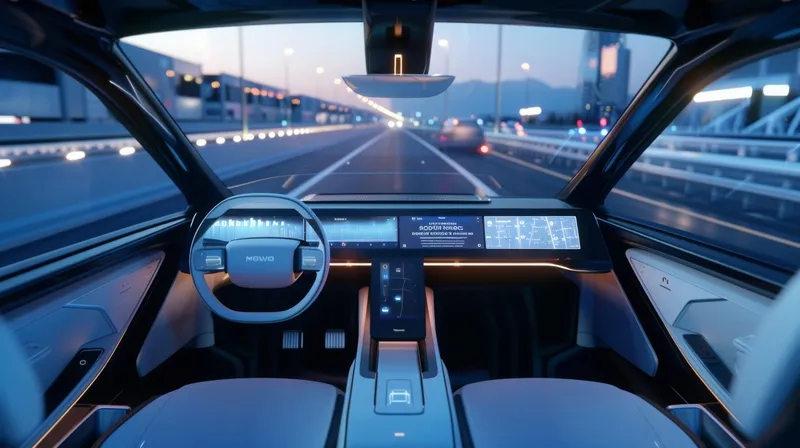Swiss provider of wireless positioning and communications modules and chips to the automotive industry, u-blox, has become a member of the Car 2 Car Communication Consortium.
The consortium is dedicated to the development and deployment of Cooperative Intelligent Transport Systems (C-ITS), with the ultimate goal of improving road traffic safety and efficiency. It is working to develop roadmaps for vehicle-to-vehicle (V2V) and vehicle-to-infrastructure (V2I) communications and to harmonise related standar
May 1, 2015
Read time: 1 min
Swiss provider of wireless positioning and communications modules and chips to the automotive industry, 602 u-blox, has become a member of the Car 2 Car Communication Consortium.
The consortium is dedicated to the development and deployment of Cooperative Intelligent Transport Systems (C-ITS), with the ultimate goal of improving road traffic safety and efficiency. It is working to develop roadmaps for vehicle-to-vehicle (V2V) and vehicle-to-infrastructure (V2I) communications and to harmonise related standards.
Lane accurate positioning and short range communication technology, both a focus of u-blox, play an important role in ITS applications and the company sees the work of the Car 2 Car Communication Consortium as pivotal to the success of C-ITS deployment, both in Europe and further afield.
The consortium is dedicated to the development and deployment of Cooperative Intelligent Transport Systems (C-ITS), with the ultimate goal of improving road traffic safety and efficiency. It is working to develop roadmaps for vehicle-to-vehicle (V2V) and vehicle-to-infrastructure (V2I) communications and to harmonise related standards.
Lane accurate positioning and short range communication technology, both a focus of u-blox, play an important role in ITS applications and the company sees the work of the Car 2 Car Communication Consortium as pivotal to the success of C-ITS deployment, both in Europe and further afield.








